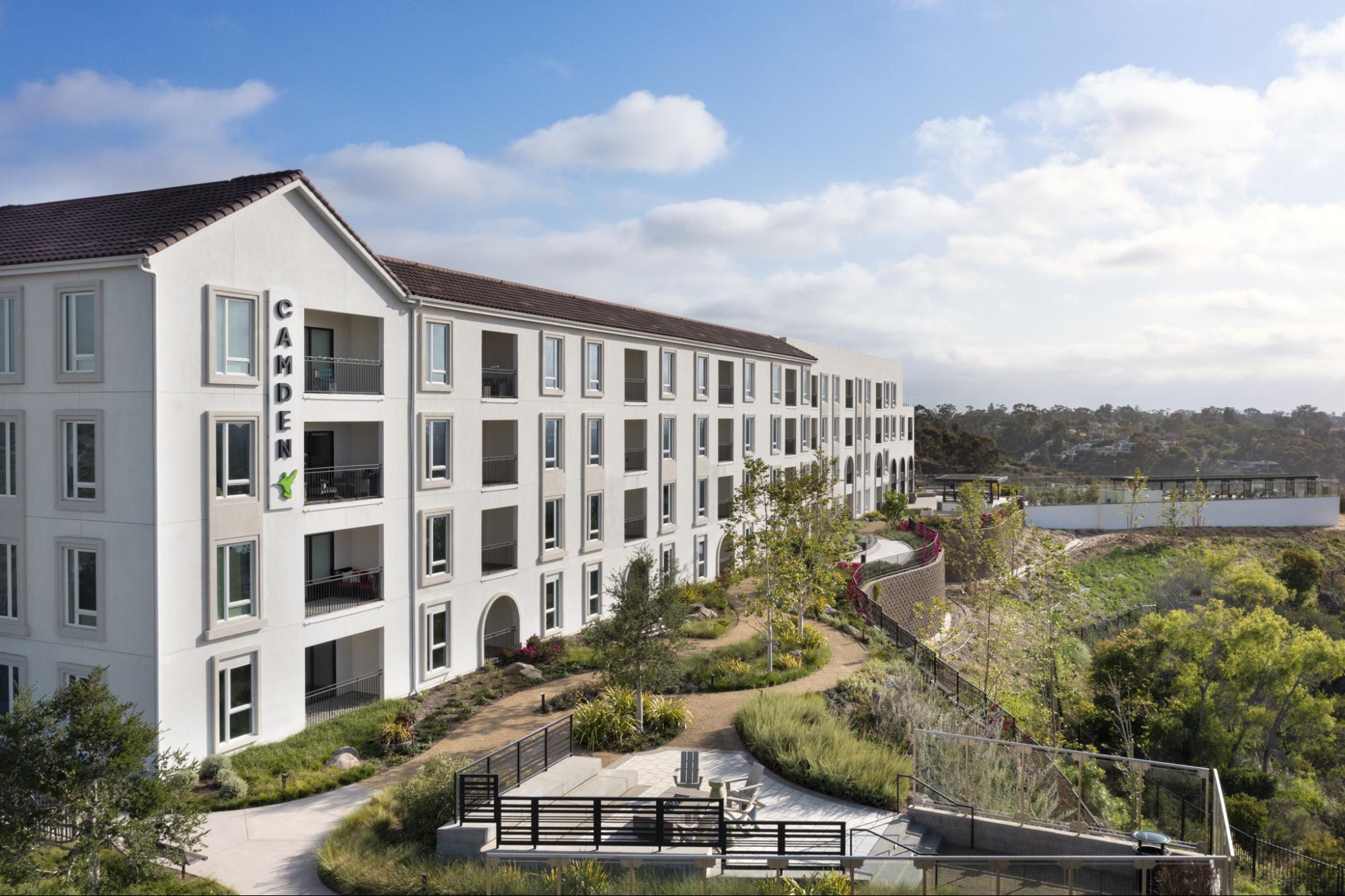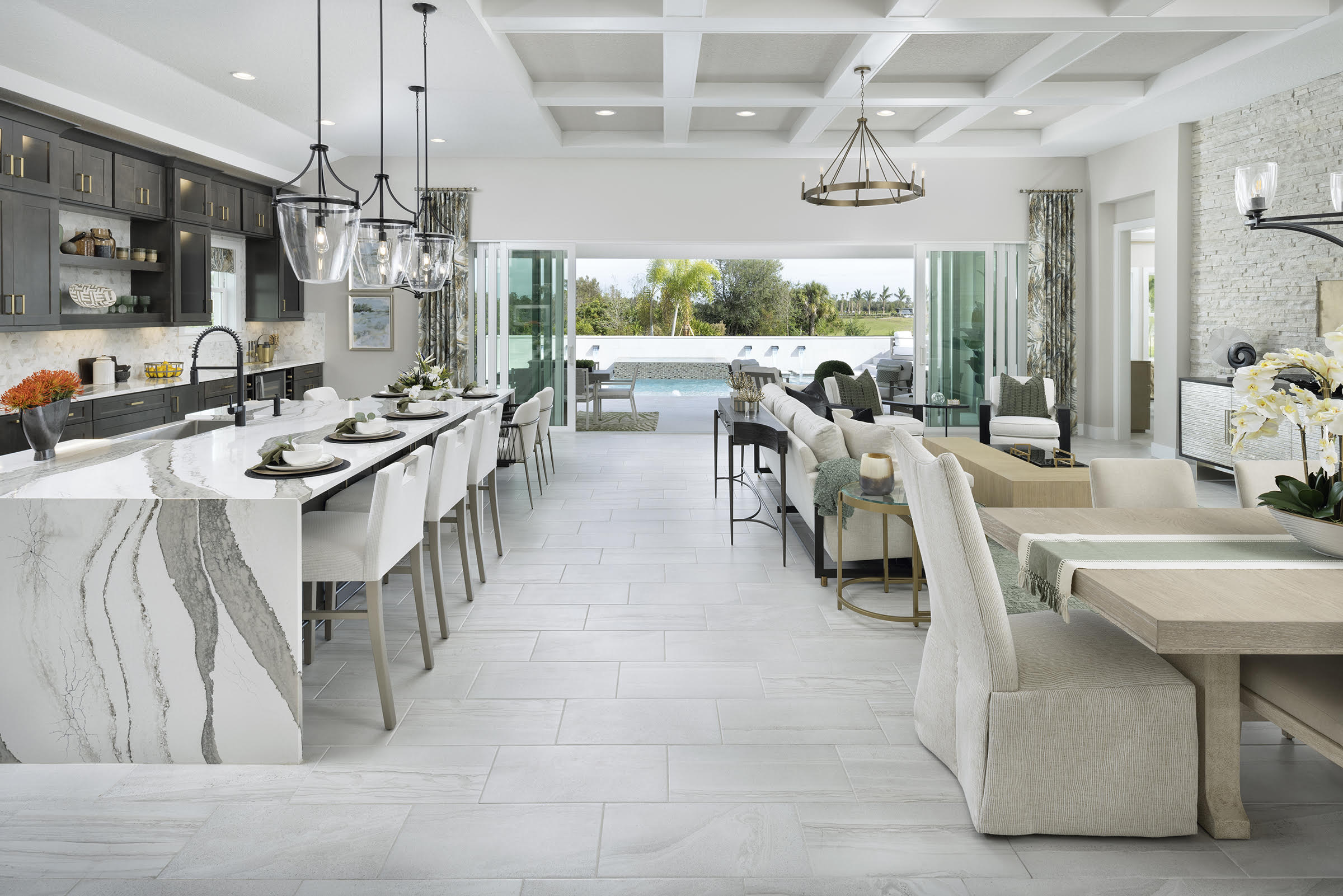Rob-Harris Productions has been shooting architectural photography since 1987. We started out shooting architectural photography with film cameras. Meaning – we’ve been in business doing this work for a long time. Over the decades we’ve become obsessed with honing in on our technique, taking full advantage of technology, and setting ourselves apart in the architectural photography industry.
There’s a reason why we call ourselves “architectural photographers” and not “real estate photographers”, but there’s a lot of confusion in the industry. Not from photographers themselves, but from architectural clients looking for the right photographer.
Here’s a list of some of the biggest differences between architectural photographers and real estate photographers:
- Overall attention to detail
- Amount of lighting used
- Camera lens used
- Angle selection
- Ability to notice the details of an environment and shoot for them
Let’s break down what each of those points means. Most real estate photographers have what we call a “run and gun” style. Meaning it’s not as detail oriented as an architectural photographer has to be. One big difference is typically real estate photographers don’t add as much additional lighting as an architectural photographer will.
Lighting is an essential part of a photographer’s equipment, but there’s more to equipment than lighting. A key difference between architectural and real estate photographers is having the necessary equipment for perspective control. A perspective control lens allows for the space to look like it was architecturally intended. There’s very little lens distortion, which is the unwanted stretching of an image on either side because of the curvature of the lens. Instead, we have a variety of lenses that we select from to give the right perspective based on the room.
Equipment is important, but it only goes as far as the skill of the photographer using it. Beyond lighting and equipment, architectural photographers are skilled at noticing the details of an environment, such as sweeping the rugs so they look untouched, fixing bedding and shifting pillows so it looks right for the camera angle, making sure chairs are properly spaced, moving props and items that are blocking the view of something important, and the list goes on. Their eyes are trained to walk into a room and think about what changes need to be made to accentuate what the space has to offer.
Part of accentuating what the space has to offer is knowing what angles to select that work well for the camera view. For example, if you pick the wrong angle then the countertop can totally obscure the view of the living room because you shot too low and didn’t pick an angle that properly showed off the space. Most real estate photographers are shooting for the MLS (multiple listing services), in order to sell an individual home. Think of a friend or family member getting ready to sell their house and put it on the market.
Instead, architectural photographers are shooting so that companies can use these images for long-term advertising and marketing. For multi-family communities especially, there’s so much competition out there that it’s worth paying for a high-end architectural photographer. Their investment in photography will be critical in attracting prospective tenants and further funding for their properties.
All of that being said, how do you know when you need an architectural photographer instead of a real estate photographer? If you’re going to use these images for your own advertising, marketing collateral, and website to showcase your work, that’s when you need to be investing in an architectural photographer.
Part of what we pride ourselves on at Rob-Harris Productions is our strong business ethic and experience. We focus on providing our clients with the highest level of service through showing up on time, executing, delivering as promised, and sprinkling in our sarcastic humor throughout. If you’re looking for an architectural photographer yourself, here are the kinds of questions you want to ask to gauge the quality of their work and business ethic:
- How much additional lighting do you add to the environment?
- You want to hear mentions of off camera lighting that’s separate from the camera, but overall multiple lights is important.
- What type of post processing occurs?
- Since the beginning of the digital revolution architectural photographers have basically taken the place of the photo lab in post processing. Hours upon hours are spent making our images perfect before we send out the final results. You’ll want to know what kind of post processing a company goes through to get you those final results. We begin by carefully color correcting images so there are not unnatural colors. We don’t use ‘auto’ buttons in photoshop. We do all of our work by hand so that we can achieve a nuanced outcome. We also shoot many different exposures, and lighting changes within a scene, so in post processing we blend those images together to achieve the best of everything. You’ll want to listen for what level of details and hands on post processing occurs with the photographer you’re vetting.
- Do you “shoot to the computer” or is it all in camera?
- Shooting to the computer allows for looking at things on a larger scale and correcting in real time while on the set. In case you aren’t familiar what shooting to the computer means, we physically tether the computer to the camera with a cable. When we take a picture it automatically transfers to the computer. This allows us to look at the image on a larger scale instead of on a small camera screen. We pick it apart, make lighting corrections, or reposition items on site in real time. Clients love it because they can participate more easily in the collaborative process. Once we are satisfied with position, lighting, etc., we shoot all of our final images directly to specific folders on the computer for safe file keeping and back up redundancy.
- What details do you look for in the environment?
- You want to know what kind of details they fix and keep an eye out for. Are they sweeping carpet? Rearranging furniture? All of the little details we mentioned earlier.
- What type of camera system are you using?
- Most importantly are they using architecturally corrective lenses with perspective control or a prospective controlled camera system. If not, they can’t correct some of the mentioned distortion issues.
- Are they balancing for the inside and the outside of the environment?
- The best way to achieve balanced exposures between inside and outside is to add enough additional lighting inside to match the exposure for the outside which is typically brighter. This takes longer to do, and a lot of equipment on site, but the natural looking effect is worth it to us. Listen for how your architectural photographer plans to balance for this.
- How do they determine what angles to select?
- Having years of experience helps. Knowing what each lens effect looks like without having a camera in your hands is also helpful. We know what looks right photographically, which is not always what the “eye” sees. Sometimes it’s hard to convey that to clients, but listen to how your architectural photographer is describing their process around selecting the right angles for your environment.
If you’re ready to hire a professional architectural photographer, we’d love to work with you. Let’s get you the exact images you need to attract your ideal client through advertising and marketing that shows your environment in the best way possible. Click below to work with us or view our architectural portfolios…
For more information about commissioning an architectural photographer, read “Commissioning Architectural Photography” from the American Society of Media Photographers. You can find Rob Bovarnick’s ASMP profile here.


